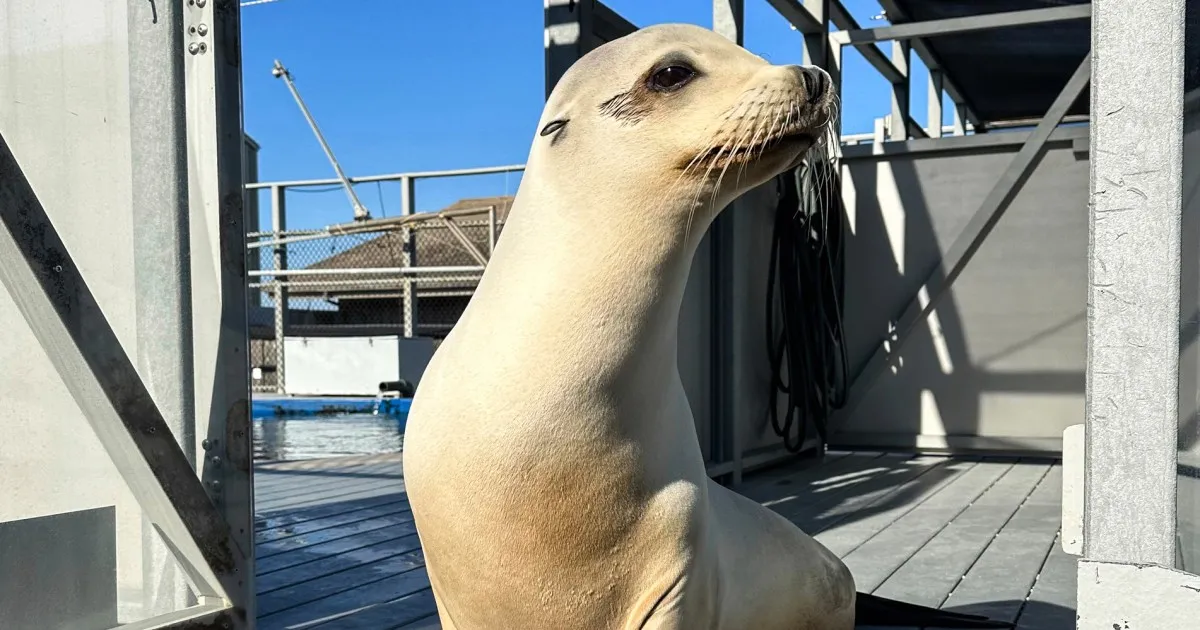
Ronan the sea lion continues to impress audiences with her remarkable rhythmic abilities, proving that she can still keep a beat even after all these years. At 15 years old, this talented California sea lion showcases her skills across various music genres, including rock and electronica. However, her true flair shines when she bobs her head to disco classics like “Boogie Wonderland.” According to Peter Cook, a behavioral neuroscientist at New College of Florida, “She just nails that one,” expertly swaying in time with the tempo changes.
Ronan's extraordinary talent challenges long-held beliefs about the ability of animals to recognize and respond to music. While only a few species, such as humans, parrots, and some primates, demonstrate a clear ability to identify a beat, Ronan stands out as a bright-eyed sea lion who has captivated the scientific community. After gaining fame nearly a decade ago for her musical skills, Ronan has been a resident at the University of California, Santa Cruz’s Long Marine Laboratory since she was three, where researchers like Cook have dedicated their efforts to studying her rhythmic capabilities.
Ronan’s place in the animal kingdom is further solidified alongside other remarkable creatures like Snowball, the famous dancing cockatoo. Together, they have helped reshape the understanding of what it means to have a sense of rhythm and musicality. What sets Ronan apart is her ability to learn to dance to a beat without having to sing or communicate musically. As Hugo Merchant, a researcher at Mexico’s Institute of Neurobiology, explained, “Scientists once believed that only animals who were vocal learners—like humans and parrots—could learn to find a beat.”
Since Ronan first burst into the spotlight, researchers have been curious whether her previous dancing was merely a fluke or if she had genuinely mastered the art of keeping a beat. To investigate this, Cook and his colleagues conducted a new study published in the journal Scientific Reports. The results confirm that Ronan still possesses her impressive skills, and in fact, she is better than ever.
This latest research shifted focus from studio music to percussion beats in a controlled laboratory setting. The team filmed Ronan bobbing her head while a drummer played at three different tempos: 112, 120, and 128 beats per minute. Notably, two of these beats were new to Ronan, allowing researchers to assess her adaptability in recognizing unfamiliar rhythms. In a comparative test, ten college students were also asked to wave their forearms to the changing beats, but Ronanoutperformed them all.
Cook stated, “No human was better than Ronan at all the different ways we test quality of beat-keeping.” He noted that she has improved significantly since her earlier years, demonstrating the concept of lifetime learning. The new findings reaffirm Ronan’s status as one of the leading “top ambassadors” of animal musicality, according to Henkjan Honing, a music cognition researcher from the University of Amsterdam, who was not involved in the study.
Excitingly, researchers plan to extend their studies to train and test other sea lions, as Cook believes that while Ronan is exceptional, there may be other sea lions capable of similar rhythmic responses. However, he confidently asserts that Ronan will continue to shine as a star performer in the realm of animal musicality.